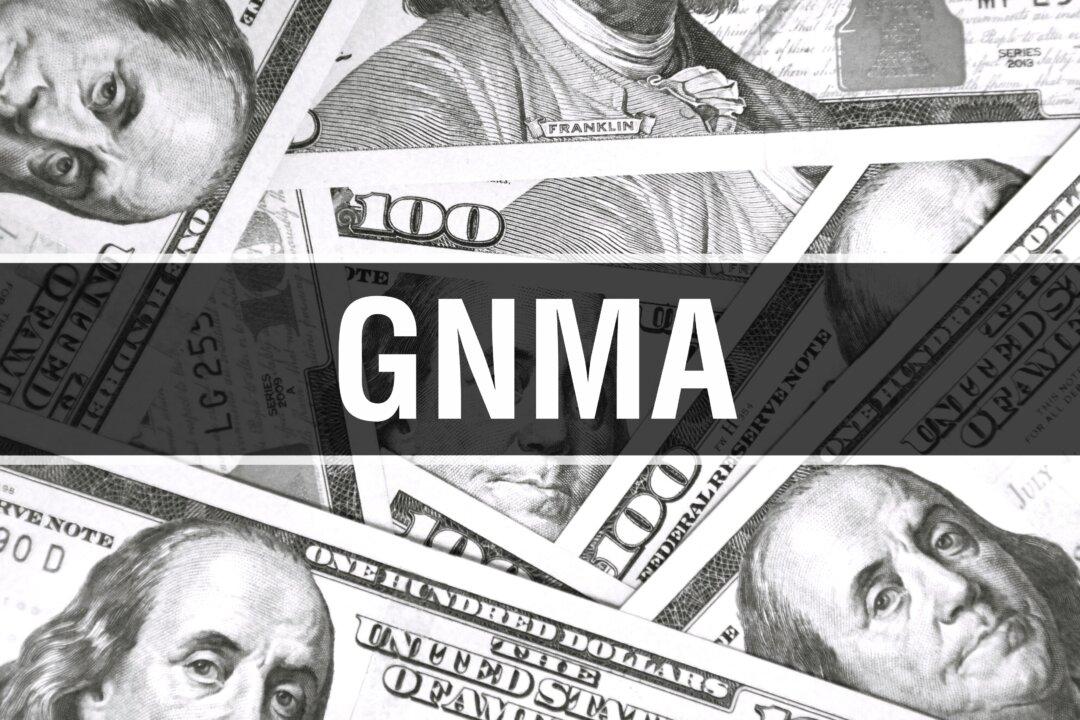Qualified Investors Only
Unfortunately, there are also some net worth and income requirements. In most states, investors must have either a net worth of at least one million US dollars, excluding the value of one’s primary residence, or have income of at least $200,000 each year for the last two years (or $300,000 combined income if married).
Pricing
Pricing is not set in stone and depends on the demand from investors. This is one of the challenges that investors face, because there is no public listing of prices like the stock exchanges. Generally, the price that an investor pays to buy a life settlement is based on these factors:





